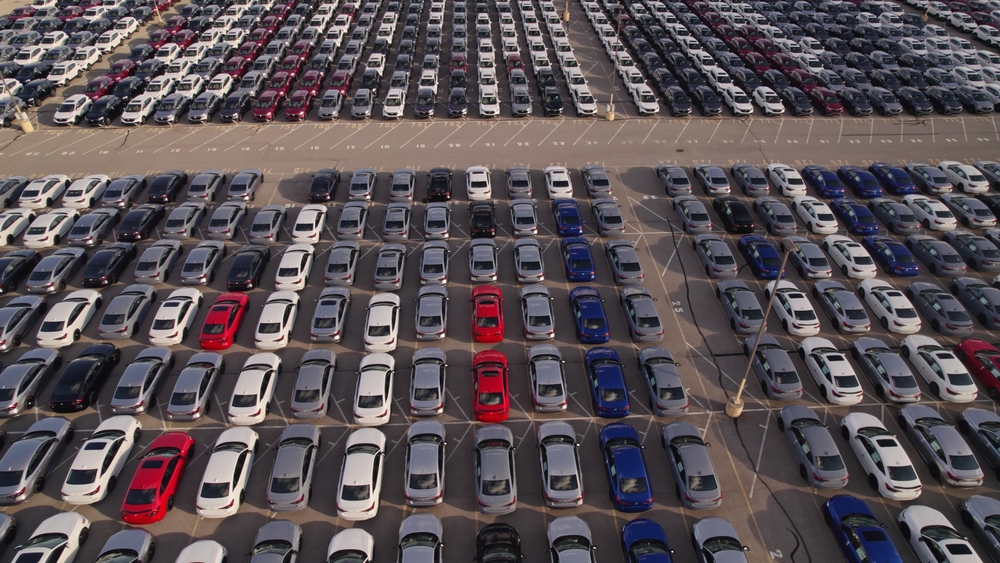
EV Fallout: Taxpayer-Funded Hype Meets Economic Reality
When Ford Motor Company bet big on electric vehicles in 2021—announcing two massive battery plants in Kentucky and raking in a nearly $10 billion loan from the Department of Energy, politicians and pundits cheered. This, they told us, was the future. But now, as one of those taxpayer-backed plants sits completely unused, it is clear that future was built on fantasy, not demand.
According to The Wall Street Journal, Ford is now leasing part of its flagship battery facility to Nissan, another automaker reeling from billions in losses. Ford itself burned through $5 billion on its EV division last year and expects to lose another $5 billion in 2025.
Ford’s EV backpedal is just the latest example of a larger reckoning.
“Electric-vehicle sales fell 5% in April despite strong sales in the rest of the automobile market, and Congress is looking to reverse tax credits that have helped fuel sales of battery-powered models. General Motors recently sold its stake in an under-construction battery plant in Michigan to its Korean partner LG Energy Solution. GM’s other battery plant in Tennessee is running at about 40% of its planned capacity, while another in Ohio is about 80% used, a GM spokesman said. Honda on Tuesday said it was cutting over $20 billion in EV spending and has delayed plans for a new factory in Canada.”
Politicians in Washington decided Americans would drive electric cars whether they wanted to or not. So, they pumped billions into EV subsidies, tax breaks, and green industrial policy and companies eagerly lined up for the handouts. However, with EV sales now slumping, the house of cards is collapsing.
And what’s Ford’s response? Sublet a federally backed, half-finished battery plant to a foreign automaker that’s also in crisis. Nissan just posted a $4.5 billion loss, is slashing 20,000 jobs, and has abandoned its own battery factory plans in Japan. Apparently, the answer to failed EV hype is to double down on each other’s losses.
Let’s not forget that all of this was supposed to create over 12,000 jobs. But where are those jobs today? How many construction workers are still waiting for the next phase to start? How many Kentuckians were promised long-term careers that now hang in limbo?
Here’s the hard truth: You can’t regulate your way into consumer demand. You can’t loan your way into innovation. And you sure can’t subsidize your way into a functioning energy economy. It is time to stop forcing a green revolution that consumers never asked for and start rebuilding an energy future that actually works.
May 23, 2025